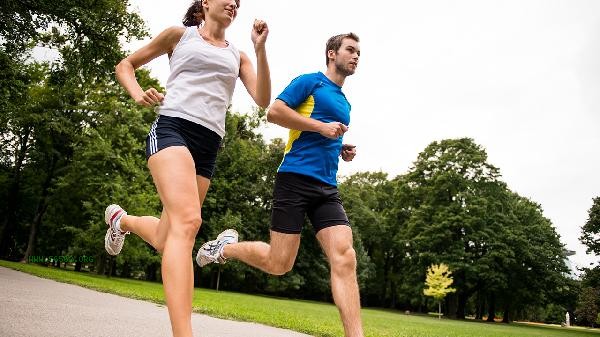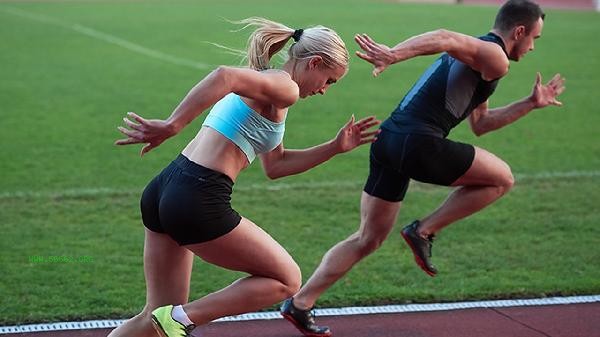The exercise effect of running in place for 40 minutes is approximately equivalent to running 3 to 5 kilometers outdoors, and the specific cost is related to factors such as treadmill speed setting, step frequency, and weight. Although there is no actual displacement during stationary running, adjusting speed and resistance can achieve a fat burning effect similar to outdoor running. Based on a stride frequency of 140-160 steps per minute, 5600-6400 steps can be completed in 40 minutes, which is equivalent to the number of steps taken in low-intensity outdoor running. If the treadmill is set to a speed of 6-8 kilometers per hour, the energy consumption is equivalent to outdoor jogging of 3 kilometers; When increased to 9-10 kilometers per hour, the cardiorespiratory stimulation effect is close to 5 kilometers of outdoor running. A person weighing 60 kilograms who runs in place for 40 minutes consumes approximately 240-400 calories, which overlaps with the calorie consumption range of outdoor running for 3-5 kilometers.

When using a treadmill, attention should be paid to slope compensation. It is recommended to set a 1-2 degree slope to simulate the wind resistance and road undulations of outdoor running. Running in place without equipment can increase strength through variations such as high leg lifts and back kicks, but it is necessary to maintain core stability to avoid joint damage. The high-intensity interval mode, such as a 30 second sprint followed by a 1-minute recovery cycle, can achieve higher metabolic equivalents within 40 minutes, but is more suitable for those with exercise experience.

It is recommended to combine smart wristbands to monitor real-time heart rate and control exercise intensity within the range of 60% -80% of maximum heart rate. Before and after exercise, do dynamic stretching, wear shock-absorbing running shoes to reduce knee pressure, and wooden floors or professional running mats are better than cement floors. 3-4 stationary runs can be arranged per week, combined with cross training such as swimming and cycling, to avoid muscle imbalance caused by a single exercise mode. Timely supplement water and appropriate high-quality protein, such as egg or whey protein, after exercising in diet to promote muscle repair.







Comments (0)
Leave a Comment
No comments yet
Be the first to share your thoughts!